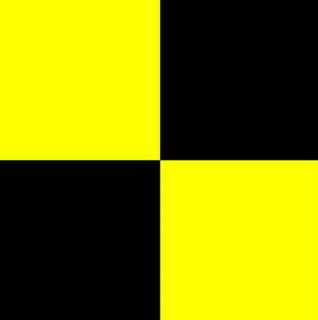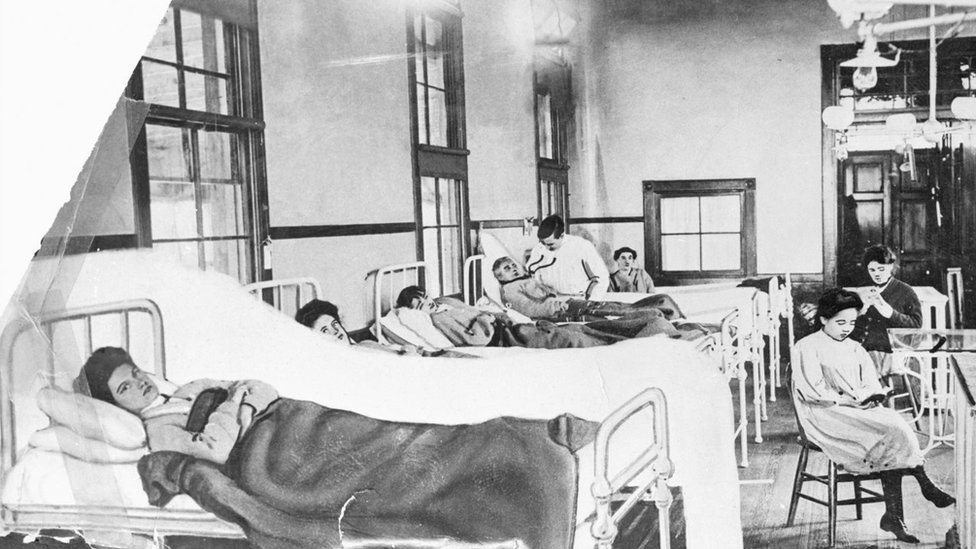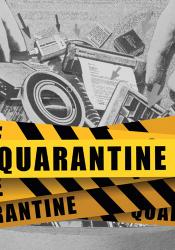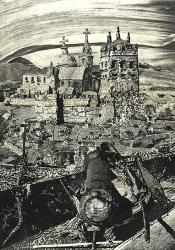Genoa
Genoa is a port city on the northwestern coast of Italy, located on the Gulf of Genoa in the Ligurian Sea. In 1797, the Genoan Republic became a French protectorate and would later be annexed by France in 1805. Genoa liberated itself from French rule in 1814. Following the 1815 Congress of Vienna, it was incorporated into the Kingdom of Sardinia.
Coordinates
Latitude: 44.407006063021
Longitude: 8.934488300001
Longitude: 8.934488300001




